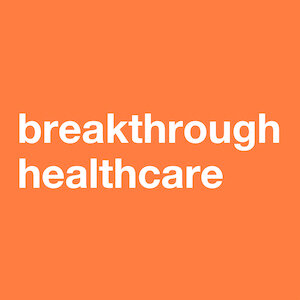Clinical Datasets & Measures
Robust, clinically-relevant data elements and quality measures are key to the success of patient registries, research initiatives, and pay for performance programs.
Breakthrough Healthcare works with clinical expert teams to develop clinical datasets and measures that are rigorous, validated, and tailored to the needs of specific programs and initiatives. Our standards and tools, built through experience across healthcare organizations, expedite clinical content development and ensure consistency and accuracy.
Breakthrough Clinical Data Engine™
We’ve leveraged decades of expertise to develop Breakthrough Clinical Data Engine (CDE), a cloud-based platform for data element and quality measure design. Breakthrough CDE captures complex clinical concepts and quality measure specification details, and organizes them using built-in and custom ontologies, categories, and classifications. Clinical content in Breakthrough CDE can be rapidly searched and filtered, and full data dictionaries and measure specifications can be exported for distribution to stakeholders and program participants.
Rich, searchable catalogs can be navigated and organized using ontological hierarchies, workgroups and committees, projects, and more
Built-in and custom templates for detailed data element design across a variety of projects
Nested definitions and informatics vocabulary mapping create rich, interoperable datasets
Individual user accounts with comment tracking and resolution organizes group projects and captures change history
Case Report and Data Collection Forms
Well-designed case report forms (CRFs) can be used as communication tools with project stakeholders, education tools for participants, and paper-based data collection instruments in workflows where real-time data entry is not possible. Paired with a complete data dictionary, CRFs provide a comprehensive view of the content of a patient registry or clinical research project. We incorporate workflow-oriented thinking into CRF design, ensuring that the data are accessible and realistic in clinical practice. Our CRFs also serve as information systems design artifacts, validating assumptions about data structures and providing an easy-to-understand tool for communicating complex system design to non-technical audiences.

